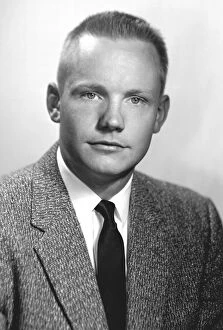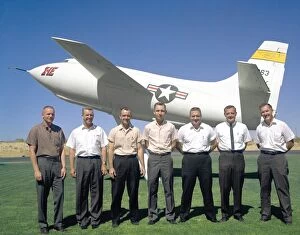Dryden Flight Research Center Collection
The Dryden Flight Research Center, located in California, USA, has been a hub of innovation and exploration since its establishment
All Professionally Made to Order for Quick Shipping
The Dryden Flight Research Center, located in California, USA, has been a hub of innovation and exploration since its establishment. On September 14th, the Tier 3 DarkStar was proudly displayed on the ramp at Dryden. This cutting-edge aircraft represents the center's commitment to pushing boundaries and advancing aerospace technology. In 1997, the Dryden research aircraft fleet graced the ramp with their presence. These remarkable machines symbolize years of dedication and countless hours of research conducted by NASA scientists and engineers. Their presence serves as a reminder of how far we have come in our pursuit of knowledge. One iconic moment captured on film is President Reagan's visit to witness the landing of STS-4 in 1982. The excitement and pride are palpable as he witnesses firsthand the incredible achievements made possible by NASA's endeavors. Another significant event documented is the Pathfinder aircraft test flight that took place on July 27th, 1995. This milestone marked a crucial step towards revolutionizing aviation technology and paved the way for future advancements. The image showcasing a Space Shuttle alongside a colossal carrier plane within Mate-Demate Device highlights NASA's ability to tackle complex logistical challenges effortlessly. It exemplifies their expertise in handling intricate operations necessary for space exploration missions. Furthermore, autonomous airborne refueling testing demonstrates NASA's continuous efforts to develop innovative solutions for aerial refueling techniques – an essential aspect of long-duration flights and deep-space missions. The X-48C Hybrid Wing Body aircraft soaring over Rogers Dry Lake at Edwards Air Force Base showcases both beauty and functionality combined seamlessly into one magnificent creation. Its manta ray-like shape captivates viewers while representing groundbreaking aerodynamic design principles employed by NASA researchers. As this extraordinary aircraft flies over intersecting runways adjacent to a compass rose or against a backdrop of Earth meeting sky at Edwards AFB, it reminds us that there are no limits when it comes to scientific exploration.

















